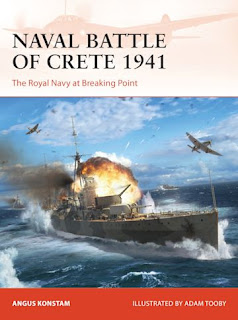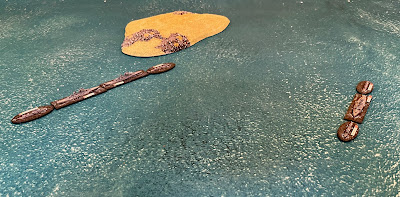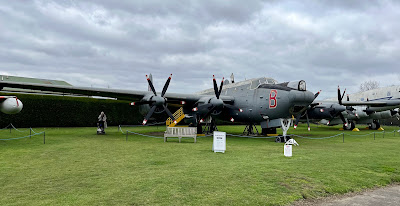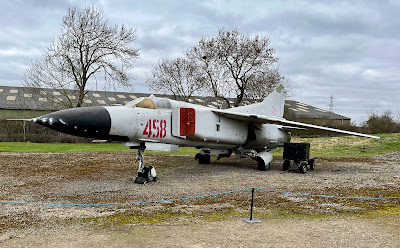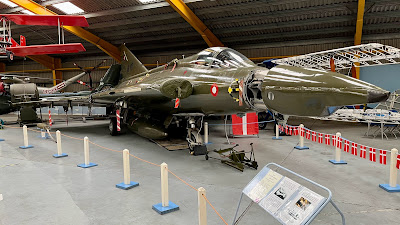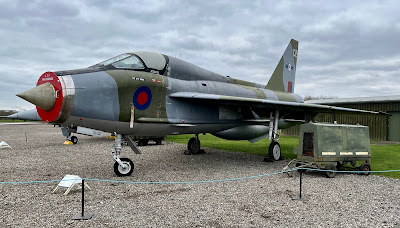A bumper crop of new books from Osprey this month is disrupting my reading pile. This one from William Hiestand covers another obscure WW2 campaign, the Soviet attack on the Japanese in Manchuria in 1945. Often regarded as something of a Soviet afterthought, it was actually undertaken at the request of the USA, who provided a lot of lend-lease equipment.
The campaign is covered in Charles Stephenson's 'Stalin's War on Japan: The Red Army's Manchurian Strategic Offensive Operation 1945, which I reviewed last year. The Osprey book has more on the campaign, but nothing that isn't in Charles's book other than focusing on the armoured formations and some excellent maps. This new book is one for the tankies (that's weapon systems, not politics!) among us who will love the variety of tanks deployed in this campaign.
The Soviets had massed a force consisting of three Fronts, 11 combined arms armies, a tank army, three air armies, 80 divisions, and over 5,500 tanks and self-propelled guns. Many of the crews were battle-hardened veterans from the war against Germany who left their tanks behind and picked up new ones en route to the Far East. These included newly produced T-34s from the Ural factories and lend-lease M4A2 Shermans. As a result, the tank brigades in the Far East had a mix of T-34s and 1930s-era BT-5s (101), BT-7s (797), and T-26s (1,272). In addition, the 250 lend-lease M4A2 Sherman medium tanks equipped the 6th Guards Tank Army’s Mechanised Corps. There were 78 Valentines as well.
23 independent tank brigades were deployed, often with additional SPGs and infantry. A unique aspect of Soviet tank tactics was the use of tank riders, with eight to ten submachine-gun armed troops from the motorised rifle battalion assigned to ride each tank. This provided immediate infantry support to the tanks, especially critical to defend them in close terrain, but the riders often took heavy losses.
There was a full range of SPGs. By 1944 the tank corps table of organisation included three SPG regiments trained to operate in direct fire mode. These included 108 massive ISU-152s, which would help bust open the Japanese defences. A further 261 SU-100 and 944 SU-76.
The Japanese Kwantung Army and the garrison in Korea were facing them, with 31 infantry divisions and nine infantry and two tank brigades organised into the 3rd and 1st Area Armies, equivalent to a Western army group. However, many of the infantry were militia, with obsolete equipment and no modern antitank guns. As a result, they resorted to Kamikaze attacks that even included aircraft crashing into tank columns.
The only sector the Japanese could outgun the Red Army was on the islands and coast because the Soviets had limited experience with amphibious armoured operations. When they assaulted Shimushu on the Kurile Islands, they found it vigorously defended by 8,500 troops and the 11th Tank Regiment with 39 Type 97 medium and 25 Type 95 light tanks. The first wave of Soviet landing troops was pinned down, and a Japanese tank counterattack was famously led by the regimental commander waving a sword. Battlefront does a model of this in 15mm. The Soviets beat them off with AT guns, rifles and grenades.
The Red Army achieved operational and tactical surprise, and the First Far Eastern Front's breakthrough of the fortified zone and the sweeping, unopposed advance by the 6th Guards Tank Army tanks fatally compromised the Kwantung Army’s defensive plan in days. The Japanese tanks were hopelessly outclassed in the open.
This is a New Vanguard series book, so you get lots of colour plates and lovely battle artwork and maps. All the statistics and ORBATs you need to refight the campaign on several levels. I collected the armies for the 1939 campaign in 15mm a while back. I have recently added a few late-war AFVs, so I am ready to go.
 |
| Japanese tanks attacking Soviet infantry. |

